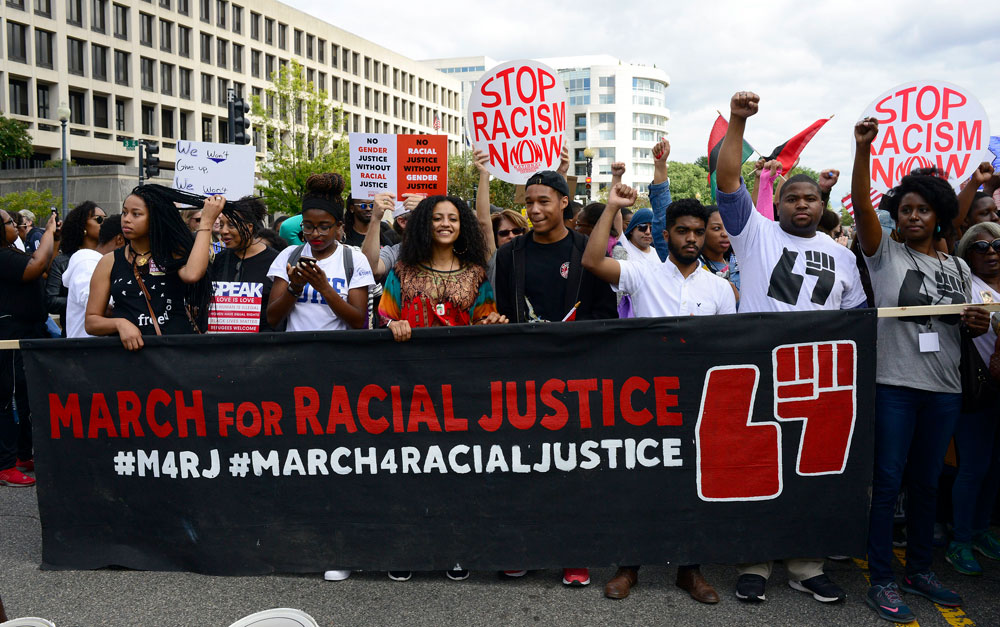
December 19, 2019; The Conversation
As NPQ has noted often, nonprofit boards remain overwhelmingly white. But as Brad Fulton of Indiana University points out in The Conversation, as bad as nonprofit board diversity numbers are, nonprofit leadership numbers are even worse, as “scarcely 10 percent of nonprofit executive directors are people of color.”
Data reflect that the lack of leaders of color in nonprofits is not due to a low talent pool. Nor is it due to lack of interest from promising professionals of color. The broader implications should rest on what covert (and possibly overt) barriers limit capable leaders from ascending nonprofit ladders and nestling into top roles. What fears act as invisible hurdles for preventing brilliant brown and black individuals from controlling the direction of organizations? These are questions which must be bravely asked at the local levels. A look around the next executive meeting and a glance at the organizational chart should spark conversation to this end.
According to Fulton and researchers Michelle Oyakawa and Richard Wood, an analysis of 41 predominantly white organizations led to the following conclusion: “People of color play an important role in helping such organizations advance racial equality.”
Sign up for our free newsletters
Subscribe to NPQ's newsletters to have our top stories delivered directly to your inbox.
By signing up, you agree to our privacy policy and terms of use, and to receive messages from NPQ and our partners.
Our analysis indicated that, all else being equal, organizations with a leader of color were more likely to address racial issues internally and when shaping public policy. For example, leaders of color developed workshops to help white staff members better understand white privilege and structural racism.
Fulton, Oyakawa, and Wood’s data demonstrate the vital importance of fostering leadership of color to achieve greater racial equity in nonprofits. But doing so requires more than changing leaders, it requires changing organizational culture. As Wilnelia Rivera told NPQ’s Cyndi Suarez this past fall, “Too often, when women of color are the leaders, we expect them to do everything. We want them to manage the emotional labor. We want them to create the systems. We want them to execute the work.”
For these leaders to thrive, Rivera explains, “We need to deconstruct what we’re asking of leaders. We need to create a culture where we’re asking other people to step up.” Rivera adds that, “Organizations that combine political and cultural organizing do more transformative work.”
As for Fulton and his team, their research findings largely dovetail with Rivera’s lived experience. “What was crucial to these nonprofits addressing racial inequality was not just having leaders of color,” Fulton writes, “but that the organizations empowered those leaders to help transform their organization.”—Christy Jones-Hudson and Steve Dubb













